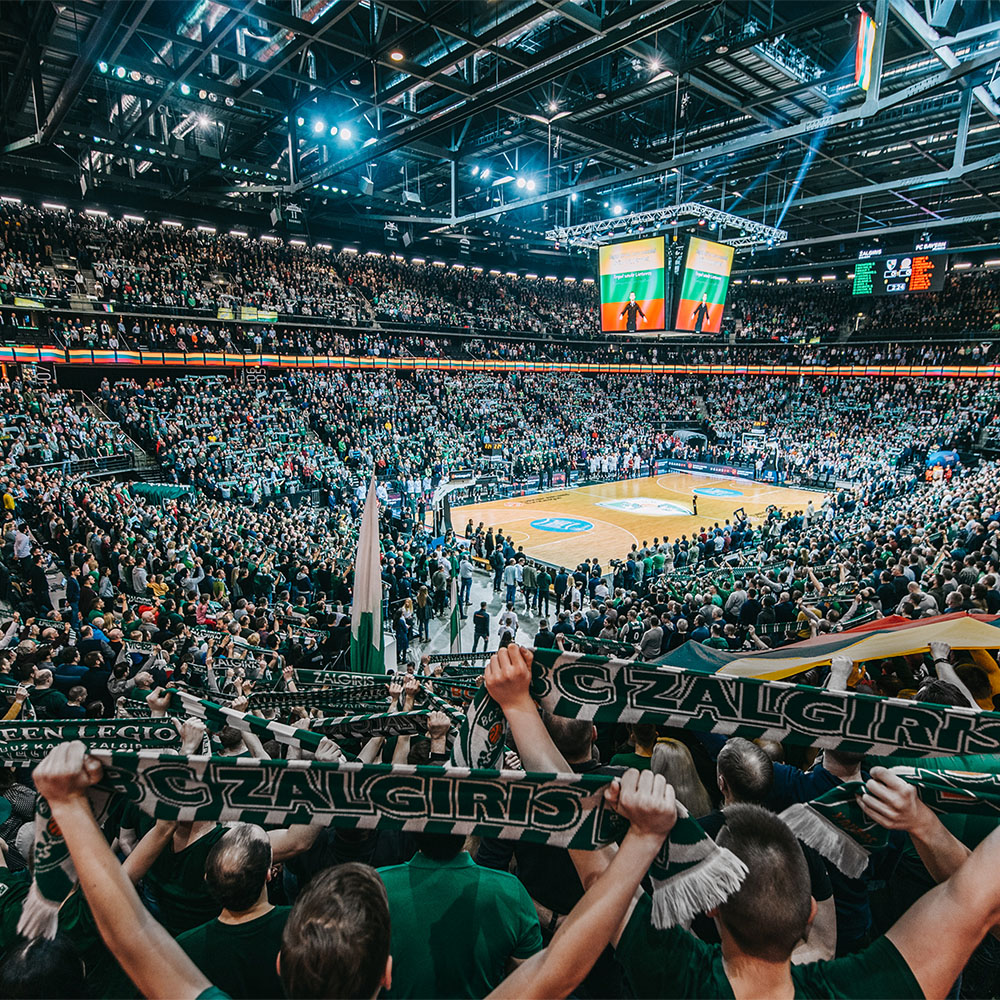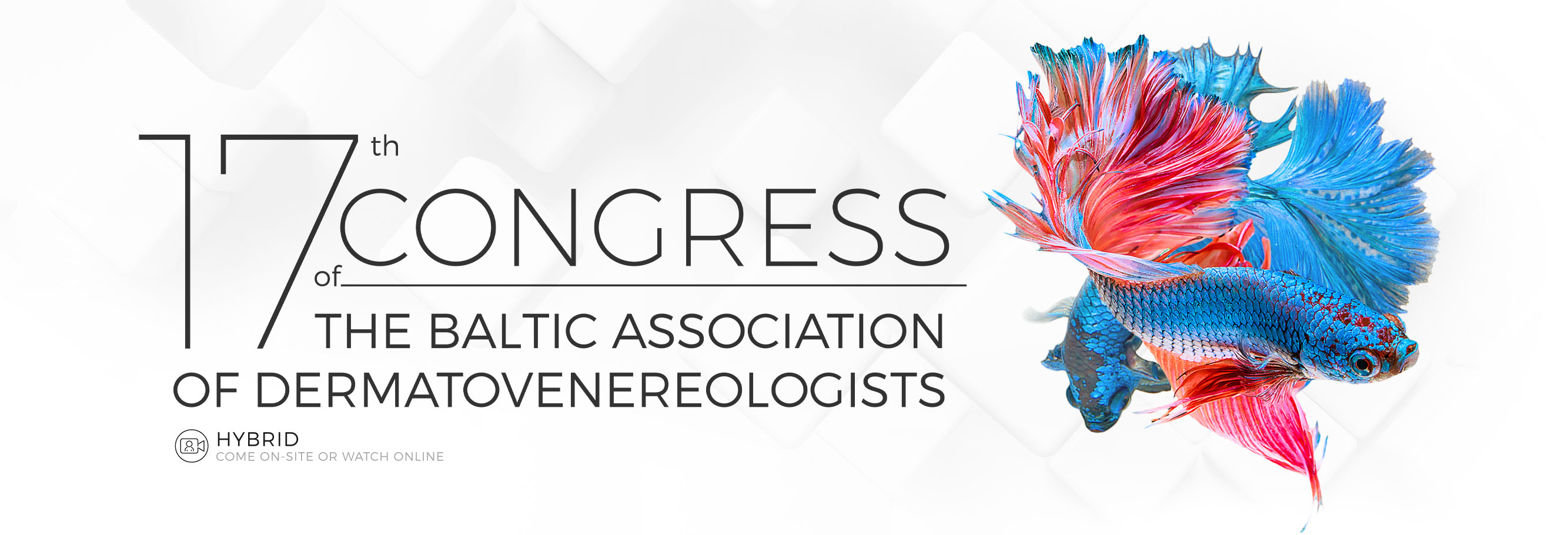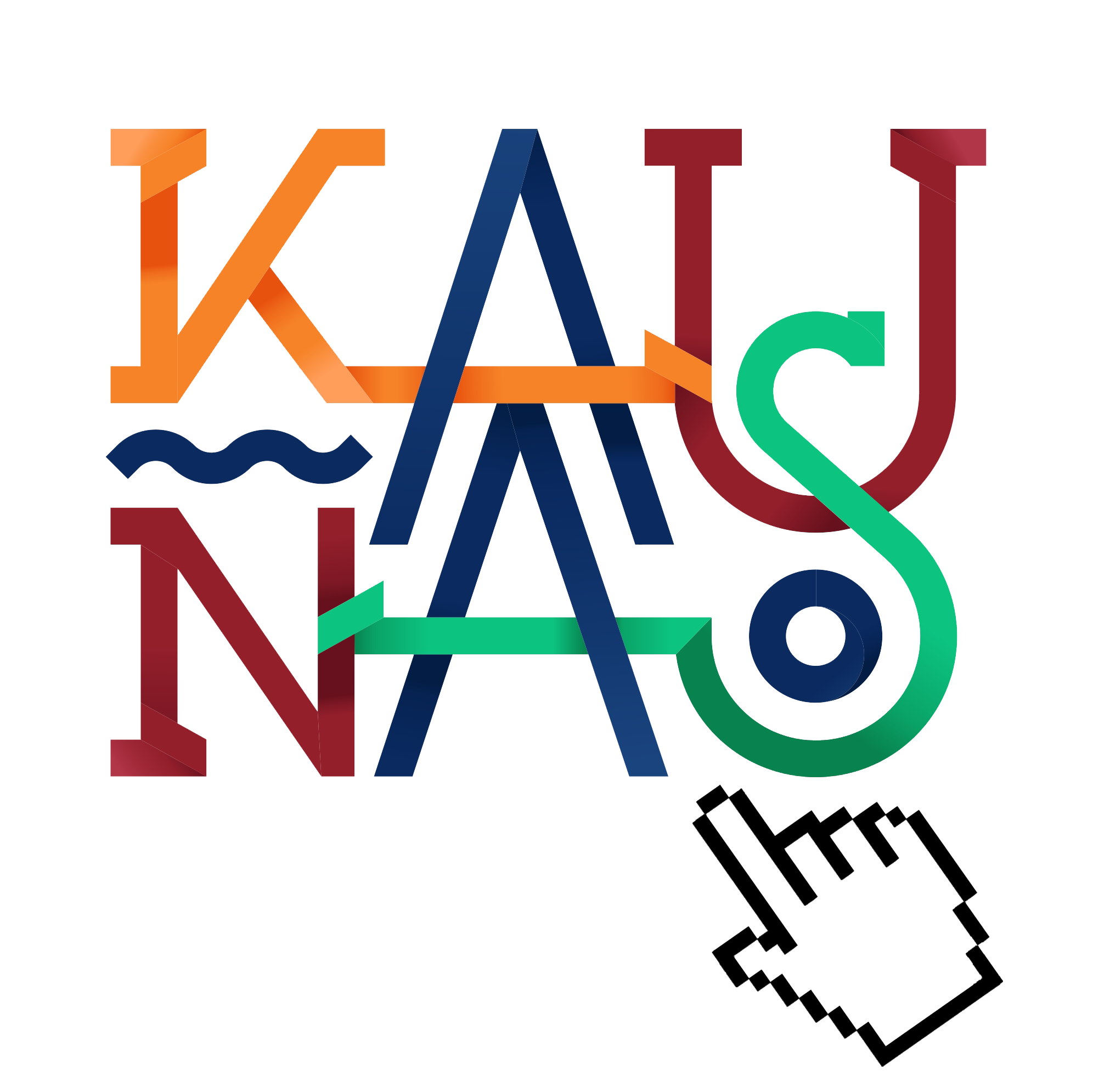WELCOME FROM CONGRESS PRESIDENT
Dear Friends and Colleagues,
On behalf of the organising committee, it is my great honour to welcome you to the 17th Congress of the Baltic Association of Dermatovenereologists (BADV), which will be held on 17-19 September 2021 in Kaunas, Lithuania.
The BADV Congress has become a nice tradition of bringing together the dermatovenereologists from the three Baltic countries - Estonia, Latvia, and Lithuania. Every year, more and more international leading experts and colleagues from other countries become active participants of this Congress.
We are pleased to hold this traditional Congress in which we will discuss the hottest topics in dermatology and venereology, share clinical experiences, and establish long-term international collaboration. Clinical dermatology and venereology are undergoing rapid changes in terms of diagnostics and treatment. The 17th BADV Congress will continue to serve as a good medium for updating most recent technologies and treatment options of various medical conditions for delivering optimal care to patients. The Congress also fosters the exchange of new research data with academic dermatologists, sharing your successful experiences with colleagues.
Since the 14th century, Kaunas has been known as the old historic town of the Hanseatic League, a waterway trading union. It is the second-largest city of Lithuania that became the provisional capital of Lithuania for 20 years during the Interwar period. Cultural characteristics and vibrant city life offer a great platform for many activities around the Congress and will make your participation a memorable event.
Experience a new destination, come to Kaunas in 2021, and enjoy the Congress as well as Lithuanian autumn colours.
Sincerely,
Congress President
Prof. Skaidra Valiukeviciene
LOCAL ORGANISING COMMITTEE
MEMBERS:
Agne Bubilaite
Marius Domeika
Paulina Gruselionyte
Vaiva Jariene
Vesta Kucinskiene
Jokubas Liutkus
Arunas Petkevicius
Daiva Staniene
Vilte Velickaite
SCIENTIFIC COMMITTEE
Assoc. Prof. Ruta Ganceviciene (Vilnius, Lithuania)
Assoc. Prof. Jurate Grigaitiene (Vilnius, Lithuania)
Assoc. Prof. Vesta Kucinskiene (Kaunas, Lithuania)
Prof. Angelo Valerio Marzano (Milan, Italy)
Prof. Andris Rubins (Riga, Latvia)
Assoc. Prof. Silvestrs Rubins (Riga, Latvia)
Prof. Skaidra Valiukeviciene (Kaunas, Lithuania)
Prof. Christos C. Zouboulis (Dessau, Germany)
ORGANISERS
SOCIAL PARTNERS
CONGRESS VENUE
RADISSON HOTEL KAUNAS
The Congress will be held in the Radisson Hotel Kaunas Conference Center.
4 plus star Radisson Hotel Kaunas is located in Kaunas, 185 m from the Laisvės Alėja, which features numerous cafés and restaurants, and 1 km from the the Akropolis Shopping and Leisure Centre.
ADDRESS
K. Donelaičio str. 27, Kaunas, Lithuania
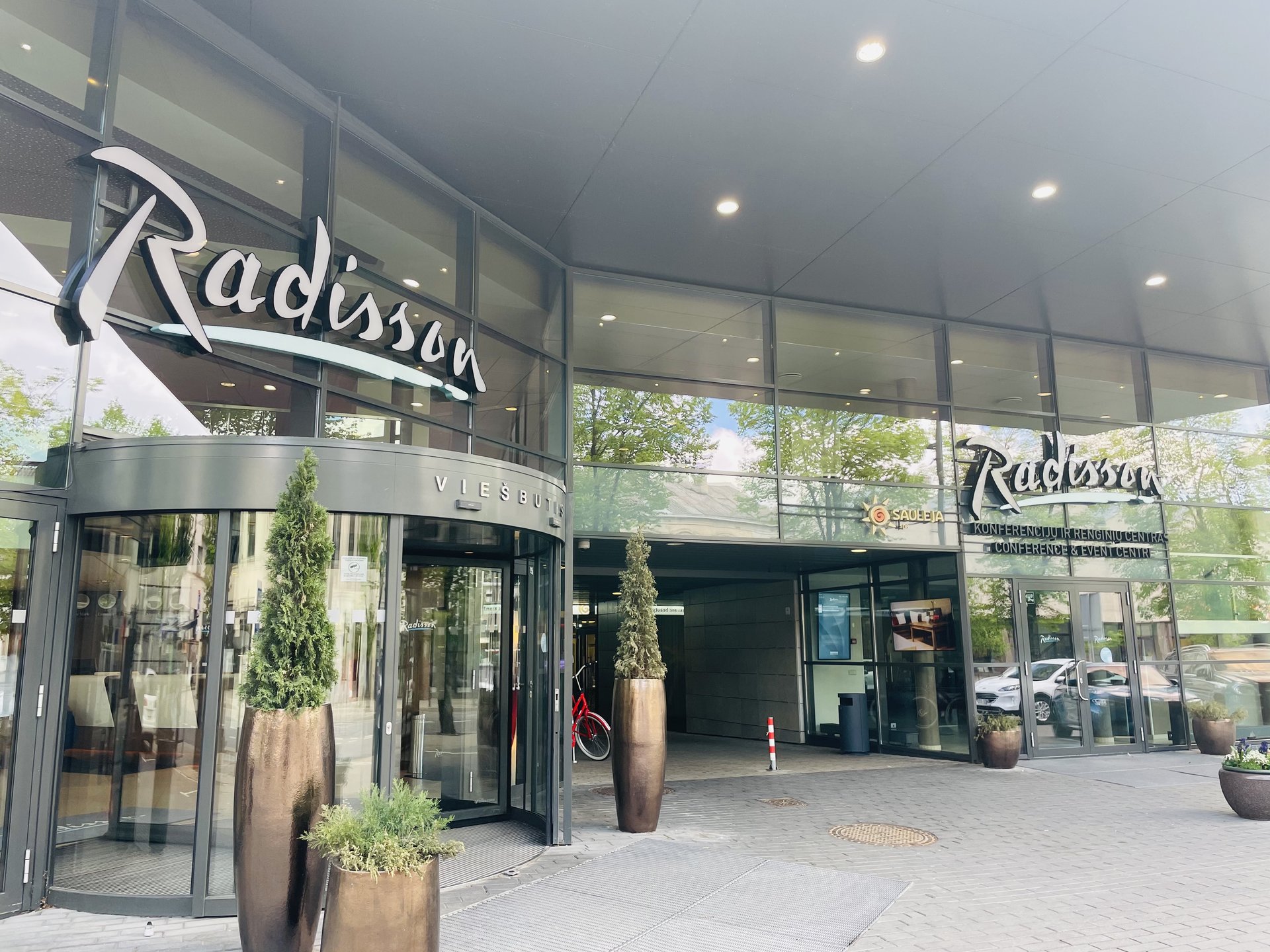
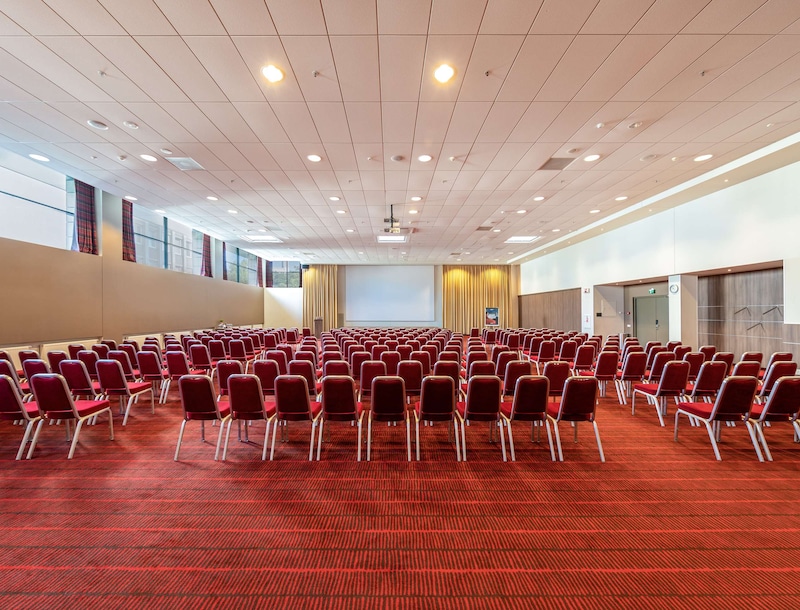
ARRIVAL & TRAVEL
ARRIVAL TO LITHUANIA
Lithuania is easily accessible via various modes of transport. The infrastructure here is well developed, moreover, the country is not large and it is easy and convenient to travel between the major cities. The airports are typically 15–20 min. drive from the city center and the local and international bus network is extensive.
 BY PLANE
BY PLANE
There are three international airports in Lithuania that connect the country with a number of European capital cities and some major international air travel hubs outside of Europe.
Vilnius International Airport (VNO)
Kaunas International Airport (KUN)
Palanga International Airport (PLQ)
Most airlines arrive at Vilnius International Airport, the main airport of Lithuania. Kaunas International Airport receives mostly low cost airlines, such as Ryanair. Palanga International Airport, located near the seaside resort of Palanga, mostly offers short and mid-range routes to destinations in Europe. This airport is the smallest in the country and is a convenient gateway to western Lithuania, the beach resorts and the seaport of Klaipėda.
Getting to Kaunas city from Vilnius International Airport
Kaunas can easily be reached by public transport:
- by bus
It is one connection journey. Buses are located outside the Arrival Hall. Tickets can be bought from the driver. First you have to reach Vilnius Bus station then take a bus to Kaunas Bus station.
- by train
It is one connection journey. A special train runs between Vilnius International airport and Vilnius Railway station on a regular basis. The airport train station is located directly in front of the airport. Tickets are sold on board. After you reach Vilnius Railway station take a train to Kaunas Railway station.
Getting to Kaunas city from Kaunas International Airport
Kaunas can easily be reached by bus no. 29, which goes from Kaunas International Airport straight to the city centre. Buses are located outside the Arrival Hall. Tickets can be bought from the driver for 1 Eur. The bus runs once or twice every hour, the ride takes about 45 min.
 BY BUS
BY BUS
A number of large international bus companies with an extensive route network operate in Lithuania. There are frequent bus connections with most European capitals and some other large cities from the main Lithuanian cities - Vilnius, Kaunas and Klaipėda.
Ecolines
Eurolines
Luxepress
Coming to Lithuania by bus is an easy and convenient option. Bus is also a good choice for visiting neighboring countries, Riga-Vilnius connection being particularly popular with several daily departures.
 BY TRAIN
BY TRAIN
International railway lines connect the capital city Vilnius to Moscow (Russia), Minsk (Belarus) and Kaliningrad (Russia). Vilnius Train Station is conveniently connected to Vilnius International Airport by a special railway shuttle line.
Litrail
 BY CAR
BY CAR
Kaunas is served by highway E67 running from Helsinki to Prague via Tallin, Riga, Warsaw. Kaunas also is linked to Vilnius to it's east and to Klaipeda on the Baltic Sea via the A1 motorway. There is no highway toll fee in Lithuania.

KAUNAS
Kaunas is the second largest city in Lithuania with about 300 thousand population. Kaunas is located in the central part of Lithuania on the confluence of the two largest Lithuanian rivers – Nemunas and Neris. Kaunas is located 100 kilometres from the capital Vilnius and 212 kilometres from the country's major seaport Klaipeda.
Kaunas is an attractive centre of business and industry as well as science, studies and culture. Famous music, dance, visual art festivals and exceptional projects are held in Kaunas. It is the provisional capital of Lithuania, famous for its colourful history, cosy parks, remarkable and wonderful Old Town and interwar spirit. Visit KAUNAS
OLD TOWN
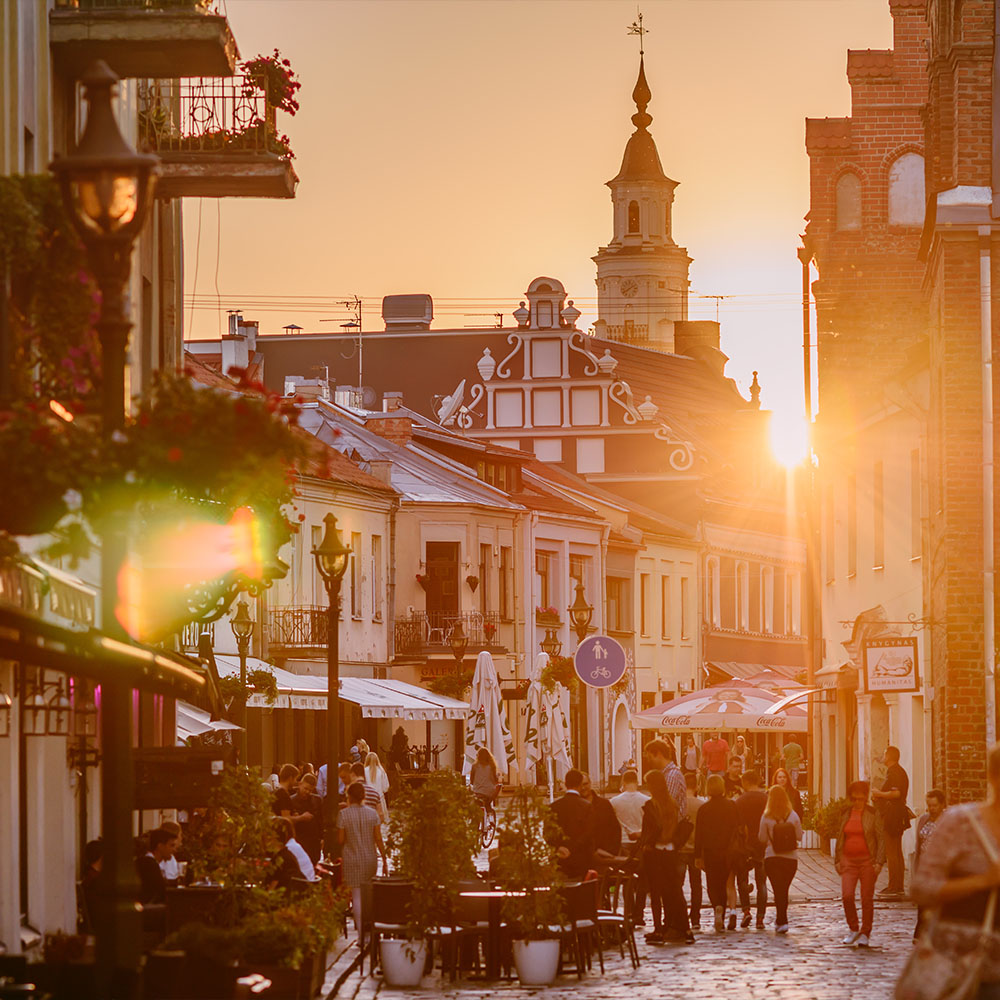
Kaunas Old Town located to the east of the confluence of the rivers, occupies 144 hectares. There are a lot of surviving Gothic, Renaissance and Baroque buildings, especially in the western part of the Old Town. Many notable buildings and facilities are located in the Old Town, such as the Kaunas Town Hall, the Kaunas Castle and the Historical Presidential Palace, gothic House of Perkunas, Kaunas Cathedral, the Church of St. Gertrude, Vytautas' church and many other churches.
Vilnius street is the most beautiful street of the Old Town, meant for pedestrians. Some buildings have survived from the 16th century, some of which have been reconstructed. Even the unique telephone booths are a clear indication that you are walking along the street, which connects the old and the new parts of the city.
CULTURE
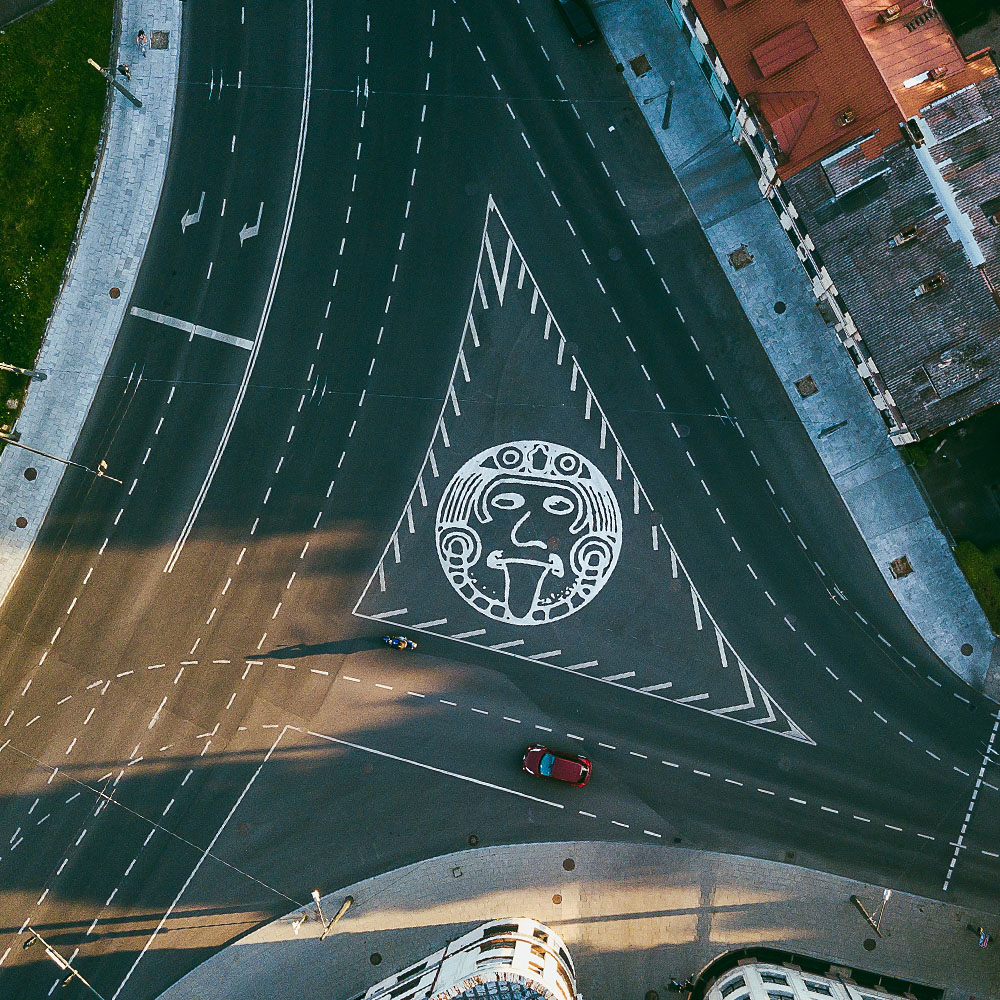
George Maciunas name square in Kaunas. Probably Everyone of you have heard of FLUXUS. The founder of this movement is George Maciunas and he was born in our city.
Kaunas is a great cultural centre. Kaunas has 7 professional and 10 amateur theatres, 20 folklore ensembles and various other arts and sports groups. The main state theatres in Kaunas are the Musical Theatre, the National Drama Theatre, and the Puppet Theatre. Kaunas State Musical Theatre palace on the central street of Kaunas was built in 1892. The city is also a home to the modern dance theatre Aura, Kaunas pantomime theatre, the Little Theatre, the Chamber Theatre, Kaunas State Choir and Kaunas Symphony Orchestra. Visit the M.K.Čiurlionis National Museum of Art.
ARCHITECTURE
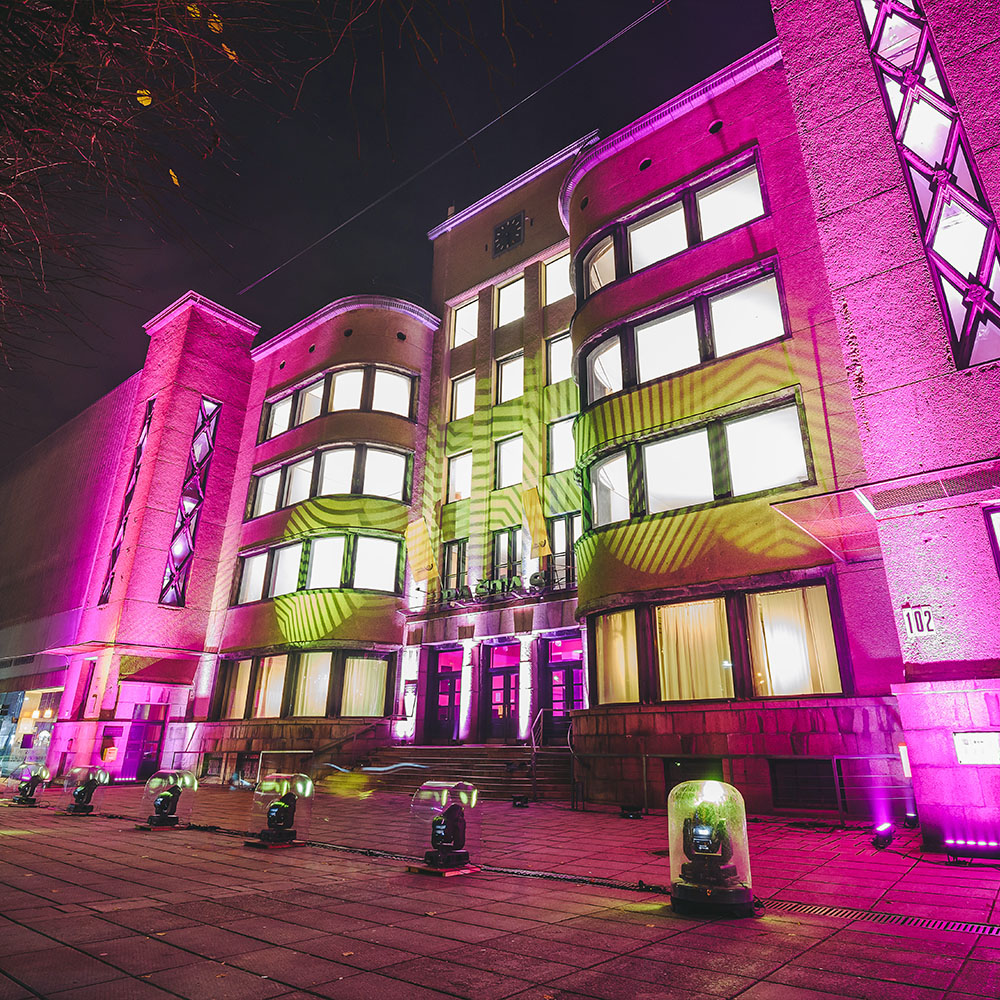
According to The Guardian, Kaunas is a surprising hotspot for art deco. In 2015 Kaunas was granted the sign of European heritage and included into the list of UNESCO design cities. Nowadays – this is an exceptional inheritance, witnessing the golden period of flourishment of the city, when Kaunas as a historical capital of Lithuania developed its modernistic architecture in parallel with other European cities.
In Lithuania, modernistic architecture developed into its own specific form and is therefore called the Kaunas school of architecture.
Do not miss a chance to visit the most important objects in the interwar period – Kaunas Garrison Officer's Club, Christ's Resurrection Church, Vytautas the Great War Museum and many more.
SPORTS
